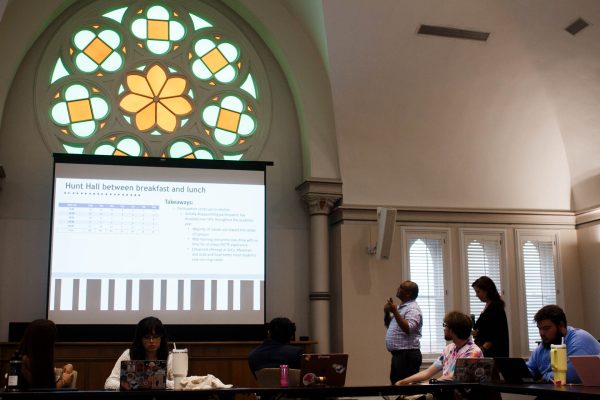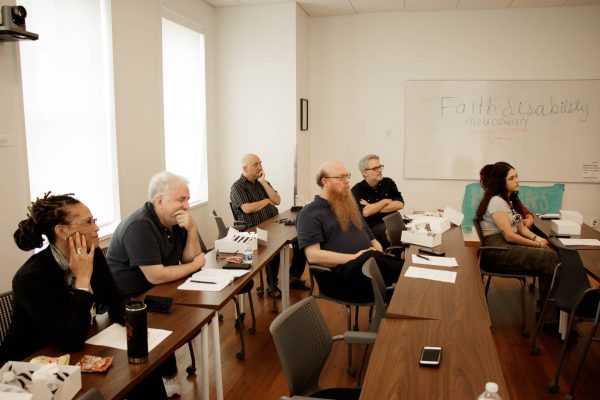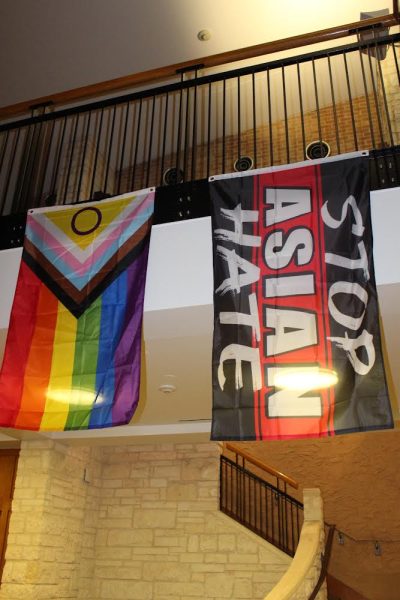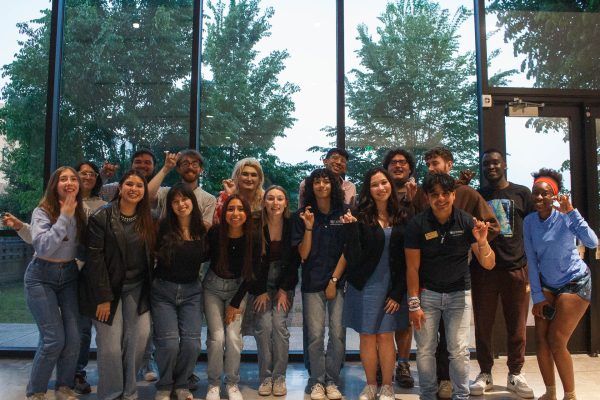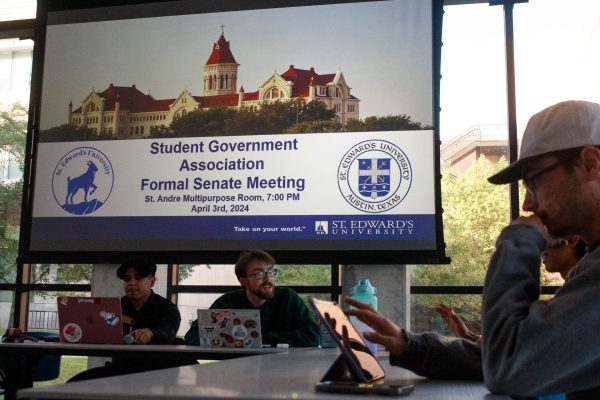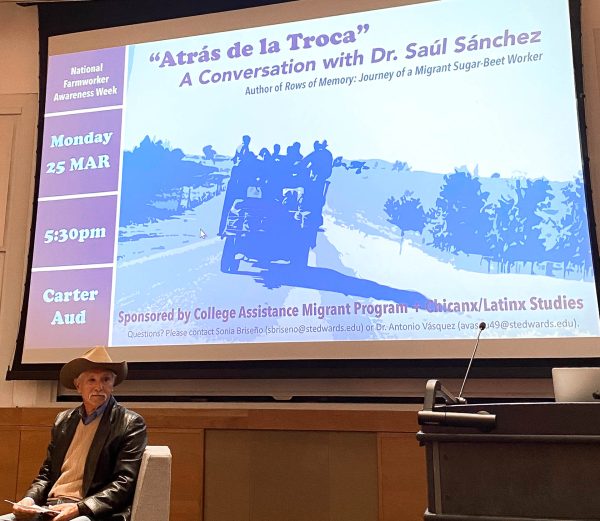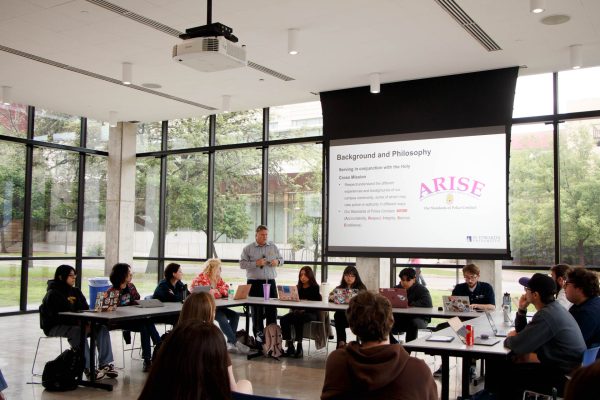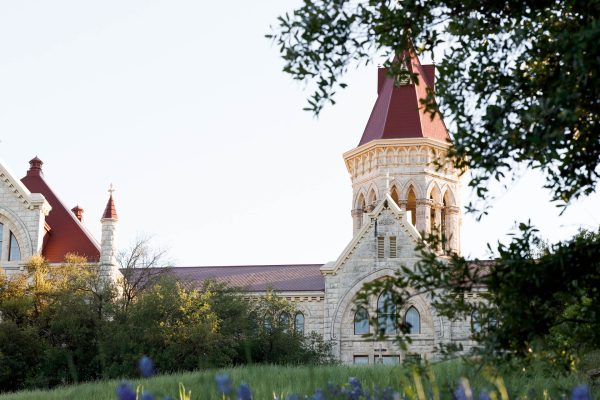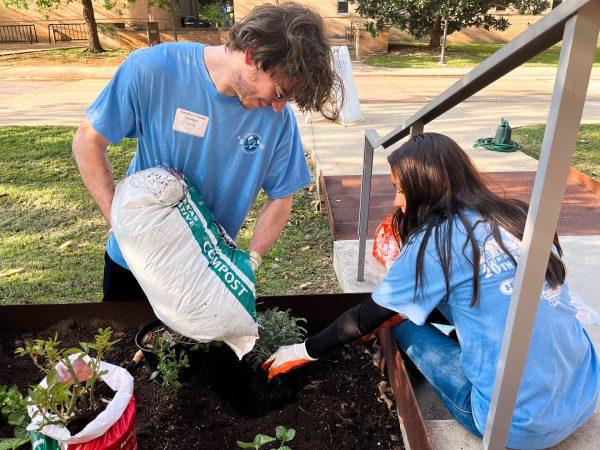Dog days are over: Creative research replaces Capstone thesis
With the new general education curriculum on the rise, the once dreadful Capstone course has transitioned into a variety of Culminating Experience courses, courses with criteria designed to focus on a student’s specific major.
In an attempt to offer this to students who were unable to switch to the new general education program, professor Todd Onderdonk created a Capstone course that reflects the Culminating Experience criteria.
The new capstone course, titled Research and Writing for Arts and Humanities Students, sits 18 students, more than Onderdonk anticipated. It’s made up of mostly English Writing and Literature majors, although it welcomes all majors. The course allows students to conduct research and create projects in areas that interest them, something Onderdonk wanted to ensure.
“The goal of the course was to see if I could create a class in which students from different majors created unique research and creative projects that excited them, while all working through the various project stages at the same time,” Onderdonk said.
The research includes a five stage process of topic choice, contexts/history, content, fieldwork and the final conclusion phase. During this process, students also do some reflective writing where they try to make sense of their education by looking back on different aspects of their college careers. Onderdonk notes that this reflection is a key characteristic for all Culminating Experience classes.
Onderdonk stated that the course has allowed students to really show their creativity on topics that interest them. Students have researched recent issues, such as the #MeToo movement and DACA, and reflected their work in various genres.
“The fun part is this approach opened the door to some really creative, writing-based projects, including a film script about conspiracy theories, a play about the #MeToo movement, a historical project about Nazi Eugenics, another project about #MeToo activism and two projects focused on Game Design,” Onderdonk said. He also mentioned there are a bunch of social justice-oriented projects focused on DACA, immigration policy, refugees and other Capstone-related projects by students who really cared about those issues.
While the project remain structured, Onderdonk has emphasized that the students remain enthusiastic and appreciate the freedom the projects enable. He noted that the key to this course’s success has been constructing a process where every students moves at the same pace.
The class size is what motivated Onderdonk to ensure there was time in class for consultation and peer support.
“It has been a challenge to collaborate with so many students at the same time because the projects are not all structured identically, as they would be in a traditional Capstone class,” Onderdonk said. “It has been crucial to meet with students and help them work out their individual research questions, outlines and research strategies.”
Onderdonk would describe the overall course as interdisciplinary, since the projects come from students in diverse disciplines. The positive feedback and his personal love for working with seniors has him optimistic about the course’s future.
“I loved teaching Capstone but it was definitely one size fits all, so I am glad to move on to more individualized projects that arise from students own passions and interests.”
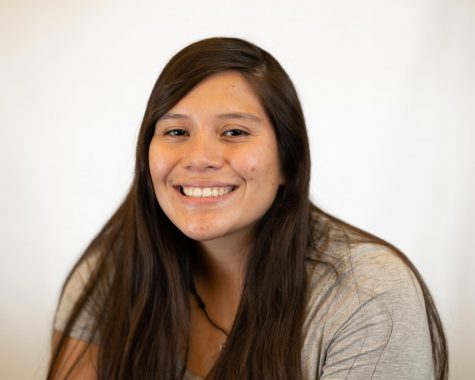
I am Sarah Gonzales-- Writing and Rhetoric major, and Copy Editor for Hilltop Views. This is my junior year at St. Edward's University.


